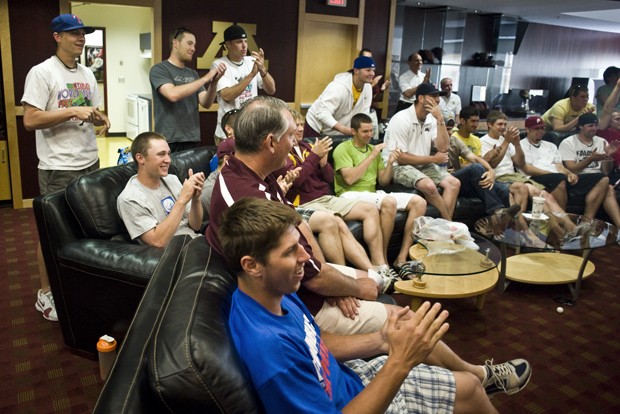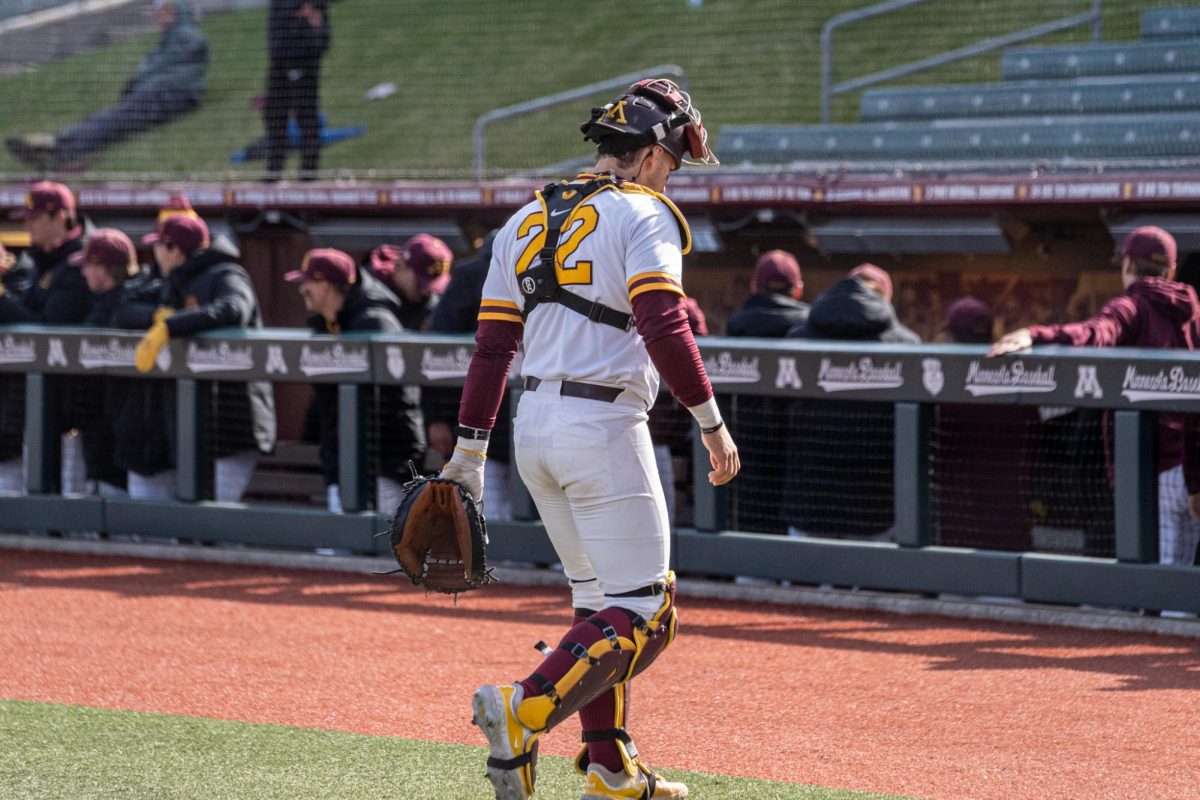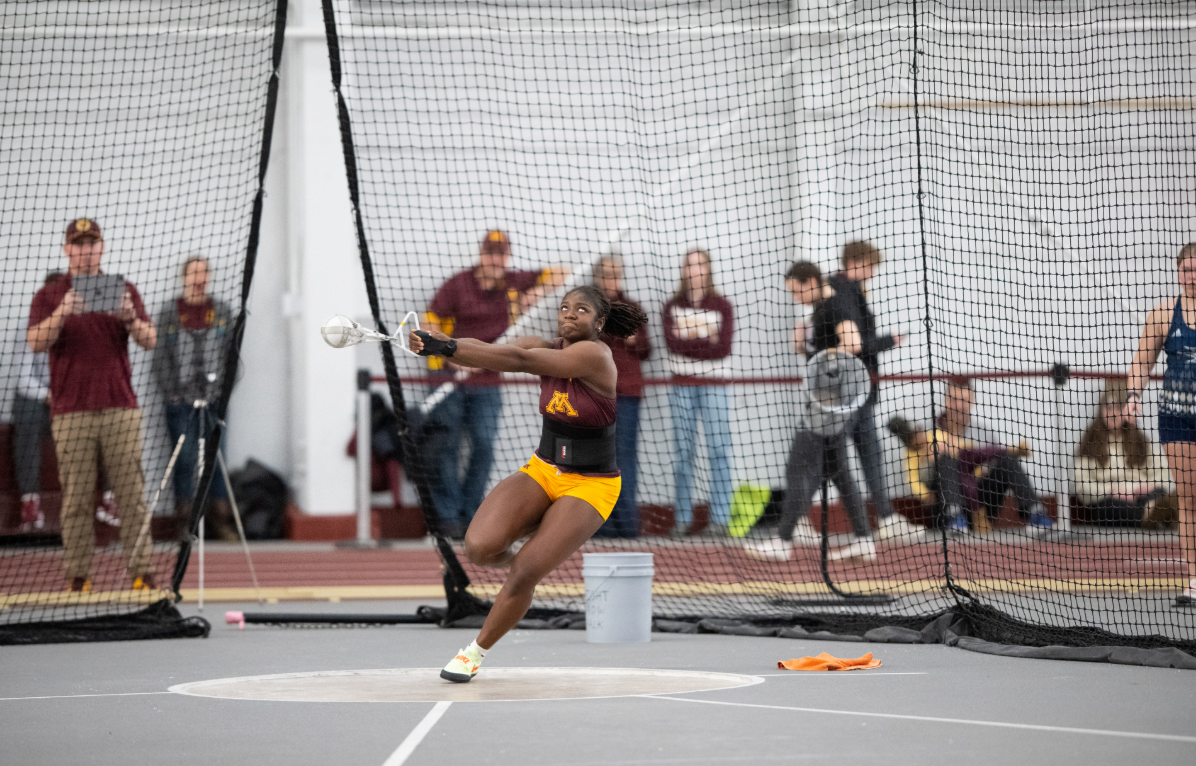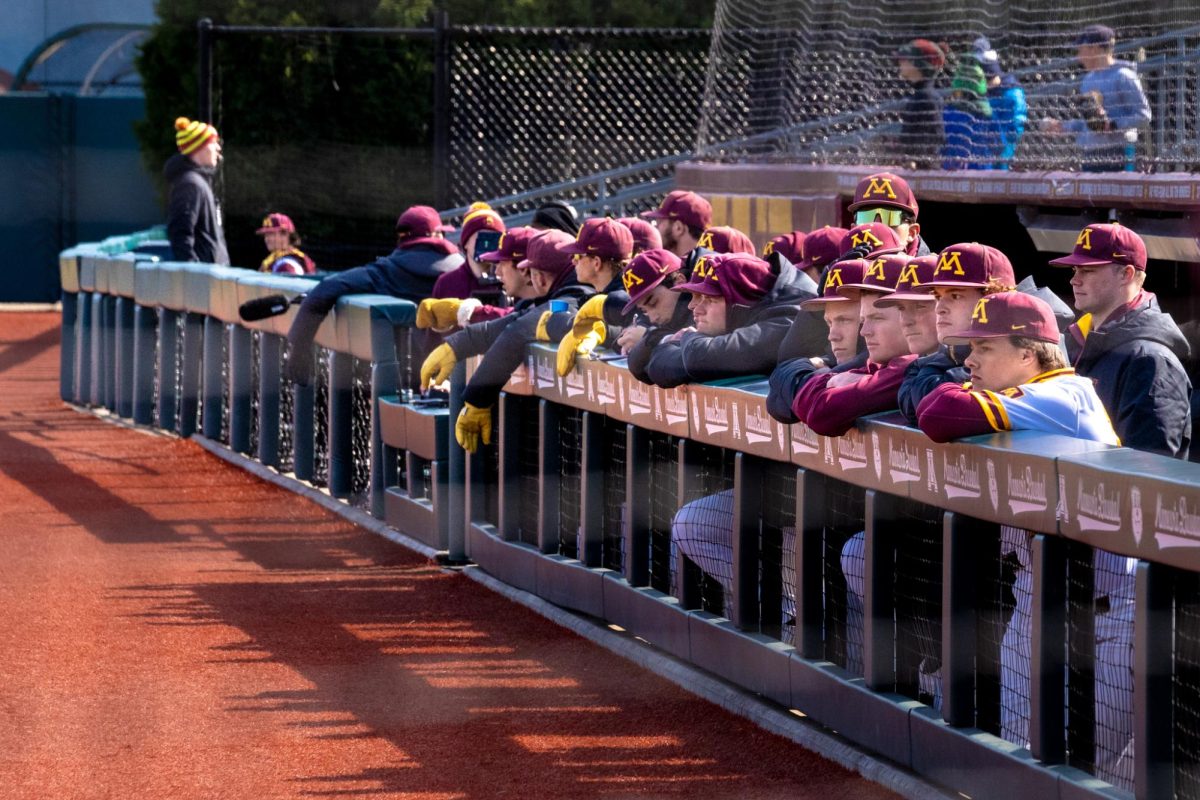A year removed from its worst season in over 60 years and John Anderson’s first losing season as head coach, things are back to normal for the Minnesota baseball team. In 2008, the Gophers missed the Big Ten tournament for the first time in 10 years after limping to a ninth-place finish in the conference and a 20-35 record. Considering its history, calling Minnesota’s 2008 season uncharacteristic is a gross understatement. At the time, the root cause of the struggle wasn’t plainly evident; Anderson said the team just didn’t improve as the season progressed. Of course, it doesn’t matter anymore. If 2009 illuminates anything, it’s that 2008 was nothing more than an aberration. The Gophers have rebounded this year and returned to the upper echelons of the Big Ten, claiming second place in both the regular season and conference tournament. They’ve slid in and out of various national polls throughout the year and are No. 21 in the most recent Baseball America Division I rankings. Now Minnesota is gearing up for the NCAA tournament, which they enter as a No. 2 seed in the Baton Rouge region, hosted by LSU. The Tigers are the third seed overall in the tournament and are ranked No. 2 in the country by the USA Today/ESPN coaches’ poll. LSU will play fourth-seeded Southern University on Friday at 1 p.m. before the Gophers take on the third seed, Baylor University, at 6 p.m. Below are five things that helped bring Minnesota back to form after an abysmal 2008:
Anderson’s quest for 1,000
Entering 2009, Anderson needed just 34 wins to become the 39th head coach in Division I history to win 1,000 games and just the 20th to collect all 1,000 with the same team. On May 14, 2009 against Penn State, he did just that. Though Anderson did everything in his power to downplay the significance of the milestone, his players knew better. And as the season unfolded and the Gophers moved their skipper closer and closer to win 1,000, they strung together a 10-game win streak in the Big Ten and vaulted to the top spot in the conference standings. How much influence Anderson’s pursuit of quadruple digits had on Minnesota’s performance is debatable, but the players were clearly honored to be a part of the team that helped him reach 1,000. As the season rolled on and Anderson inched closer, the team tried to stay focused on each game, junior center-fielder Eric Decker said . He said the team tried not to think about the coach’s milestone and look at each game on a game-by-game basis.
Winning the close ones
“You’ve got to win one-run and two-run games if you want to have a successful season.” Anderson loved that line all year and was eager to use it again after Minnesota’s 6-5 win over North Dakota State in its final home game of the regular season. Just how accurate the statement is cannot be understated. In 2008, the Gophers were 9-16 in games decided by two runs or less ; in 2009, they were 14-5. Flip either of those records around and Minnesota’s seasons are drastically different.
The Hurling Triad
The Gophers’ 2009 weekend starters weren’t dubbed with any catchy nicknames, but perhaps they should have been. In the regular season, the trio of seniors Chauncy Handran and Tom Buske and sophomore Seth Rosin combined for a 20-6 record and led a pitching staff that was tops in the Big Ten in ERA. Then, in the Big Ten tournament, they proved that they could pick each other up. After Handran’s worst outing of the season as part of a 12-3 loss to Indiana, Buske tossed a complete game in a 12-3 win over Purdue and Rosin went eight strong in Minnesota’s 13-4 drubbing of Illinois.
Infield defense
Without any other information, an infield of one true freshman, two redshirt freshmen and a junior certainly seems ripe for disaster. Not so for Minnesota’s 2009 starting infield. Third baseman Kyle Geason, shortstop AJ Pettersen, second baseman Derek McCallum and first baseman Nick O’Shea blanketed the infield all season and were the forces behind the Gophers’ .971 fielding percentage. Pettersen and McCallum made a formidable double play combination up the middle and Geason proved quite capable as a true freshman in the hot corner.
McCallum
Of course, any team, regardless of its defensive and pitching prowess, needs to put runs on the board, and no one was more capable of doing so than McCallum. The junior second baseman led the Big Ten in RBIs and slugging percentage and was second in batting average. He’s presently hitting .404 and was a unanimous All-Big Ten first team selection. As a team, Minnesota is batting .316 in 2009, up from .299 in 2008.








